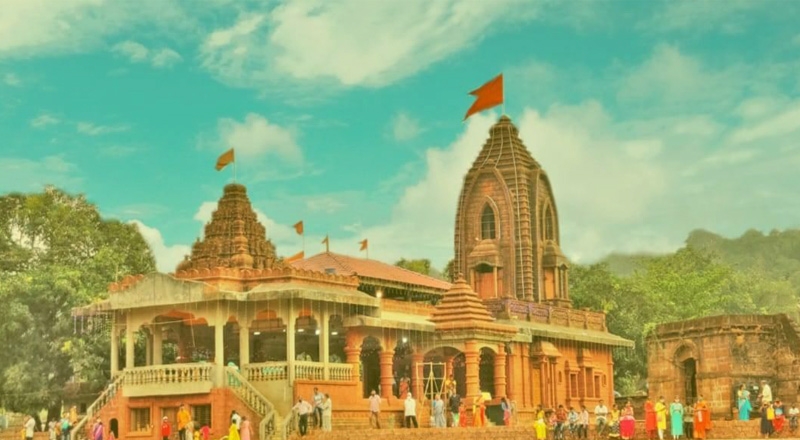
Pawas, Ratnagiri : tourism information
Pavas is a beautiful scenic tourist destination in Konkan, known for its cultural heritage and temples. This place is perfect for those seeking peace and natural beauty. Situated in the Ratnagiri district of Maharashtra, it attracts many devotees and tourists due to the Samadhi of Swami Swaroopananda. The pleasant rainy atmosphere and natural beauty are sure to refresh your mind.
There are many types of hotels, resorts, and homestays in Pavas that offer a comfortable stay. You can enjoy the spiritual atmosphere and local culture by staying here. Pavas is a renowned pilgrimage and tourist destination in Maharashtra. There are many places to explore in and around Pavas. It is important to check the weather while planning your visit. During the monsoon season, it rains heavily, so plan your trip by checking the weather forecast. Winter is the best time to visit this place.
Frequently Asked Questions (FAQ)
Q: What is the best time of day to practice Pawas?
A: The best time to practice Pawas varies depending on individual preferences and schedules. Many practitioners find early morning or evening to be conducive to meditation and reflection.
Q: Can Pawas be combined with other spiritual practices?
A: Yes, Pawas can complement and enrich other spiritual practices such as yoga, prayer, and mindfulness. Integrating diverse practices can deepen one's spiritual journey and foster a holistic approach to well-being.
Q: Are there specific Pawas rituals for different life events?
A: Yes, various Pawas traditions offer rituals and ceremonies to mark significant life events such as birth, marriage, and death. These rituals often reflect cultural beliefs and traditions passed down through generations.
Q: How long does it take to experience the benefits of Pawas?
A: The timeline for experiencing the benefits of Pawas varies from individual to individual. Some may notice immediate effects, while others may require consistent practice over time to experience profound shifts in consciousness and well-being.
Q: Can children participate in Pawas activities?
A: Absolutely! Pawas practices can be adapted to suit individuals of all ages, including children. Introducing children to mindfulness and meditation at a young age can foster emotional resilience, focus, and compassion.


Write a Review